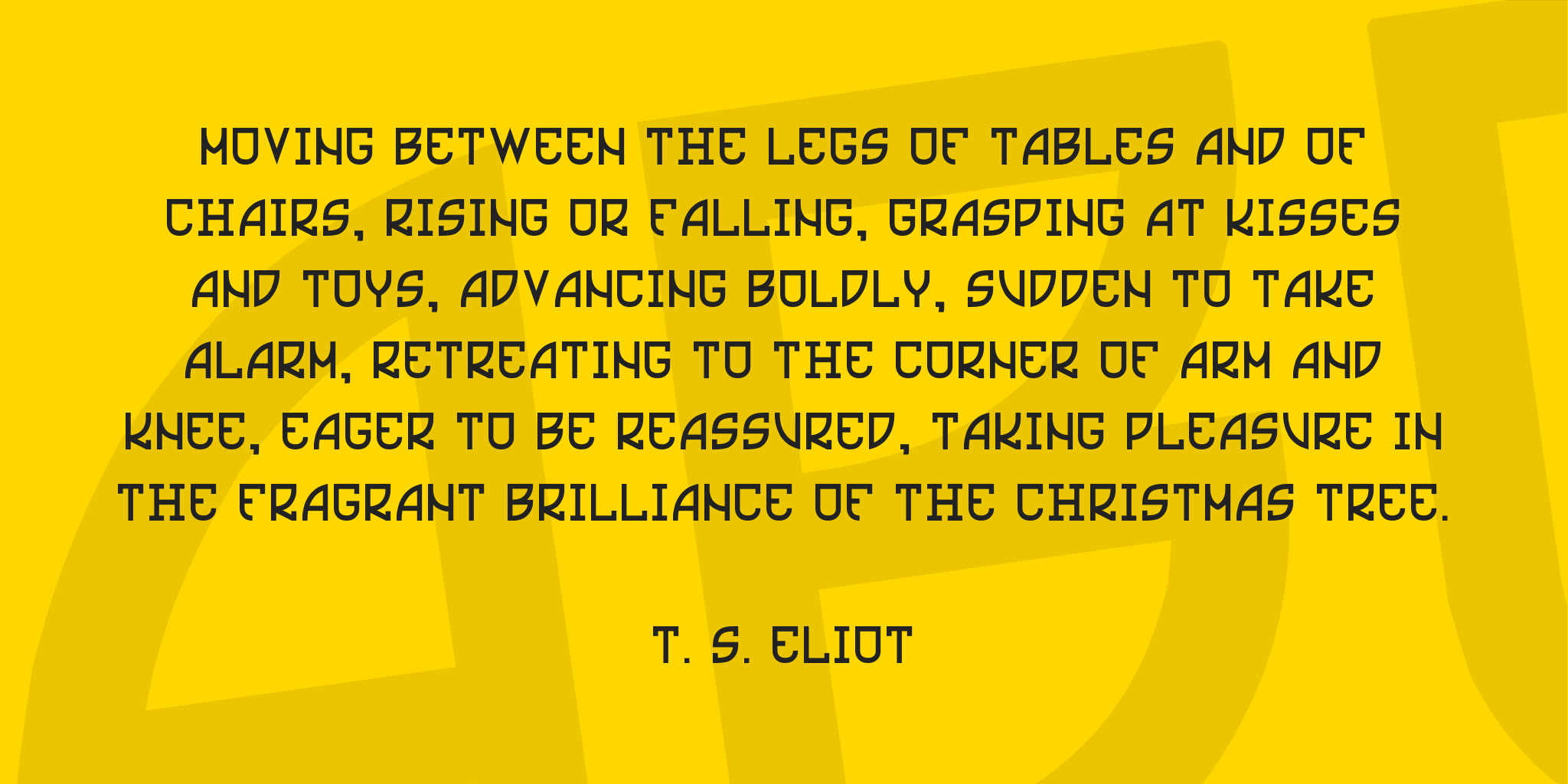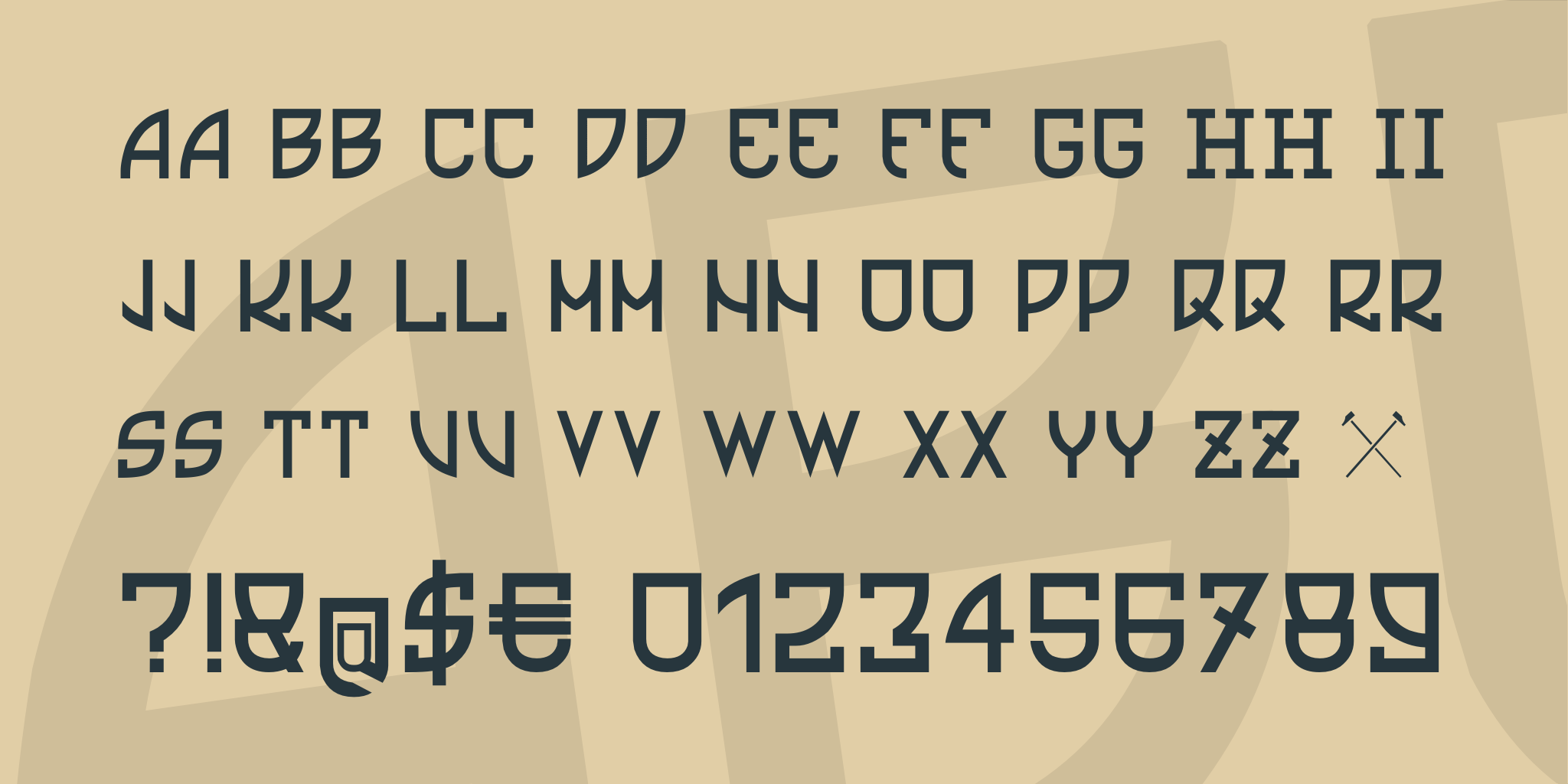Have you ever opened a webpage or an email and seen a bunch of strange symbols where normal words should be? Perhaps you've come across little squares, odd question marks, or even a mix of letters and symbols that just do not make any sense at all. It's a common sight for many of us who spend time online, and it can be pretty confusing when your words turn into what looks like secret code. This experience, where your screen shows things like 'ë', 'Ã', 'ì', 'ù', or 'Ã' instead of the usual letters, is a clear sign that something is amiss with how your computer is reading the information it receives.
When your digital messages or web pages get all jumbled, it is that feeling of a puzzle with missing pieces. You know there should be clear text there, but instead, you get a collection of marks that seem to have no real meaning. This kind of problem often pops up because of how different computer systems talk to each other, especially when they are trying to show words from various languages or even just special symbols. It’s almost like one computer is speaking French and the other is listening in German, and neither quite gets the message right.
Getting to the bottom of these mixed-up characters can feel a bit like detective work, honestly. It involves looking at how information is put together and then taken apart by different parts of a system, from the very first place the text is saved to how it shows up on your screen. Knowing a little about why these odd symbols appear can help you figure out what is going on and, perhaps, even make sense of the digital chaos. So, let us explore why these visual mix-ups happen and what can be done to help things look the way they should.
Table of Contents
- What Happens When Text Goes Wonky?
- Seeing Strange Characters - تايسونكاتي٠اركوهار Issues
- Why Do These Character Mix-ups Happen?
- Dealing with Different Languages - تايسونكاتي٠اركوهار Challenges
- What's the Big Deal with Mojibake?
- The Right Way to Set Things Up - تايسونكاتي٠اركوهار Solutions
- Can We Really Fix This for Good?
- Resources and What to Look For - تايسونكاتي٠اركوهار Support
What Happens When Text Goes Wonky?
Sometimes, when you are trying to view information on your computer, what you see is not at all what you expect. Instead of clear, readable words, you might find a messy collection of symbols and marks. This is a fairly common occurrence, and it can be quite frustrating, especially when you are trying to read something important. For instance, a simple letter like 'e' with an accent might show up as 'é', which just looks very odd and out of place. It is like a digital translation gone wrong, where the computer has misunderstood what it was supposed to display.
The original information in the system often includes examples of these visual oddities, such as 'ë', 'Ã', 'ì', 'ù', and 'Ã' popping up in place of regular letters. This kind of display means that the system is not properly interpreting the sequence of bits and bytes that make up the text. It's a bit like trying to read a book where all the words have been scrambled, leaving you with a series of confusing characters that do not form any recognizable language. The underlying data is there, but the way it is being shown to you is incorrect.
The core of this issue often comes down to something called 'character sets' or 'encodings'. Think of a character set as a big dictionary that tells a computer how to turn a specific number code into a letter or symbol that we can see. If your computer uses one dictionary, say UTF-8, for its main page headers and then tries to pull information from a database, like MySQL, that is using a different dictionary, things can get very messy. This mismatch means the computer is trying to read words using the wrong set of rules, resulting in those strange, unreadable marks on your screen. It is a bit like speaking a different dialect.
- Aalayah Buie
- I Drink And I Know Things Tyrion
- Dom Gabriel Net Worth
- Who Are Libra Most Compatible With
- Brattygbaby
Seeing Strange Characters - تايسونكاتي٠اركوهار Issues
The phenomenon of seeing strange characters is often called "mojibake," which is a Japanese word that basically means "character corruption." It is not that these characters are special symbols in themselves; rather, they are the result of a system misinterpreting how text should be presented. For example, the information mentions seeing things like 'È ëû ãc ã @ãþ7 ã åº ã @ã @ã 0@ã & ãf£ ëì¢ ë ð ãý ê 5ôå ã sã 5” 5” 0æá $”åœä”å â 5„å ñå‚!‚á¸ãñáf°‘å‚!žà •äå eäå °‚å$à‚å 0‚å åf ‘å ˆå' – a truly bewildering string of text that makes no sense to a human eye. This kind of display is a clear indicator that the computer has tried to make sense of data using the wrong set of instructions for character display. You know, it is pretty much a digital mess.
A common example that comes up is when a character like 'è' (an 'e' with a grave accent) gets transformed into 'é'. This particular transformation is a classic sign of text that was originally encoded in one way, perhaps ISO-8859-1, being read as if it were UTF-8. The original source text even points out how this happens, showing a pattern where '0' becomes 'é', '1' becomes 'ã©', and so on. It is a very systematic error, meaning the computer is consistently misinterpreting groups of bits. This consistent misinterpretation, in a way, gives us clues about what is going wrong.
These extra encodings, as the source text notes, often have a specific pattern to them. This pattern is not random; it happens because certain sequences of bytes in one encoding scheme are interpreted as different characters when read by another. For instance, what one system thinks is a single character, another might read as two or three separate, odd-looking symbols. This is why you see a string of what appears to be random characters instead of just one incorrect symbol. It is a bit like trying to read a sentence written in code, but you only have half of the key, so you get some words right and others completely garbled. This pattern, in some respects, helps us trace the source of the problem.
Why Do These Character Mix-ups Happen?
The main reason these character mix-ups happen is because different parts of a computer system are not on the same page about how to represent text. Imagine you have a message, and it travels from one place to another. If the sender puts the message into a special box labeled "Type A," but the receiver expects it in a box labeled "Type B," then when they open the "Type A" box, they will not understand what is inside, even if the message itself is perfectly fine. This is essentially what happens with character encoding. It's a bit like a communication breakdown.
Specifically, the problem often involves how your website's header page is set up and how your database, like MySQL, stores and sends information. The original text mentions using UTF-8 for the header page and a certain MySQL encoding. If these two settings do not match up perfectly, or if an intermediate step, like the connection between the website and the database, is not also set to the correct encoding, then you get a mismatch. It is similar to having two people speak slightly different versions of the same language; they might understand some words, but others will just sound like gibberish. This kind of situation, you know, causes a lot of headaches.
When there is a mismatch, the computer essentially tries to guess what the characters are supposed to be. It takes the raw data, the sequence of ones and zeros, and applies the wrong rulebook to turn them into visible letters. This leads to those odd symbols appearing on your screen. The data itself is not necessarily broken; it is just being shown in a way that makes no sense to us. It is like trying to read a book through a colored filter that distorts all the words. The words are still there, but you cannot make them out clearly. This is really what happens.
Dealing with Different Languages - تايسونكاتي٠اركوهار Challenges
One of the biggest challenges when it comes to these character problems appears when dealing with languages that use non-Latin alphabets, like Arabic or Japanese. The original text brings up a common issue with Arabic emails not showing up correctly. A PHP developer mentioned using MIME version 1.0 and setting the character set to UTF-8, but the Arabic characters still were not displaying properly. For instance, 'عزيزيعضو كليبسر ال٠يÙÂ' would appear instead of the correct Arabic words. This happens because these languages have a much wider range of characters, and if the encoding is not handled precisely at every step, the words get scrambled. It is a bit like trying to fit a very complex shape into a simple hole.
The problem is not limited to Arabic. Japanese text also frequently runs into these kinds of display errors. The source material shows an example of Japanese 'mojibake' like 'ˆ¤‚µ‚Ä‚é ‚ ‚½‚½‚ßÄ D‚« •ø‚«‚µ‚ß‚Ä @ ( •ø‚«‚µ‚ß‚Ä—~‚µ‚¢‚Æ‚«‚Í‚±‚¿‚ç ) “Y‚¢ Q / ˆê ‚É Q‚Ä ‚¬‚ã / ‚Í‚® @ ( •ø‚«‚‚«‚½‚¢‚Æ‚«‚Í‚±‚¿‚ç ) –ü‚µ‚Ä / ˆÔ'. This kind of scrambled text makes it virtually impossible to read. The challenge here is that these languages often require more complex encoding schemes, like UTF-8, to represent all their characters. If any part of the system defaults to an older, simpler encoding, or if there is a mix-up along the way, these garbled characters are what you end up seeing. It is actually a very common issue for those working with global content.
The source material also mentions Chinese "乱码" which means garbled code, explaining that it happens when a computer system cannot show the correct characters and instead displays other meaningless ones or blank spaces. This is basically the same problem across different languages, highlighting that the core issue is universal: a disagreement on how to interpret the digital representation of text. Whether it is Arabic, Japanese, or Chinese, the underlying cause is a mismatch in how character information is processed and presented. This is really something to consider for global
Related Resources:



Detail Author:
- Name : Lavon Rolfson
- Username : brandon91
- Email : ludie32@gmail.com
- Birthdate : 1989-06-15
- Address : 49013 Jones Stravenue North Rashawnhaven, MA 59422
- Phone : 858.696.5732
- Company : Cremin LLC
- Job : Personal Home Care Aide
- Bio : Nihil voluptas officia unde pariatur. Sed mollitia optio quia. Commodi eligendi est quia sint amet ea dignissimos.
Socials
linkedin:
- url : https://linkedin.com/in/jamar.lebsack
- username : jamar.lebsack
- bio : Optio rem quia nobis voluptatem aut voluptatibus.
- followers : 1343
- following : 2924
tiktok:
- url : https://tiktok.com/@jamar297
- username : jamar297
- bio : Harum est itaque quidem fugit iste.
- followers : 3511
- following : 2571